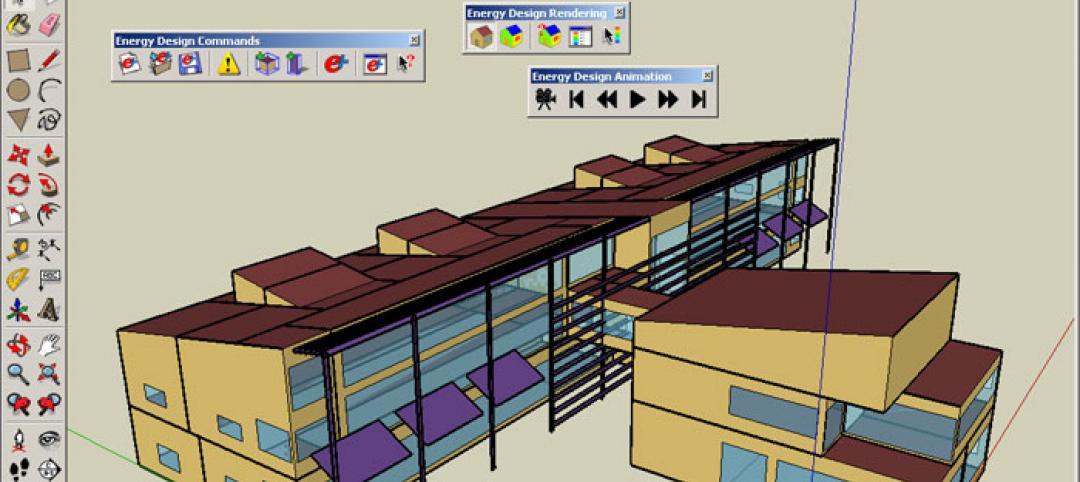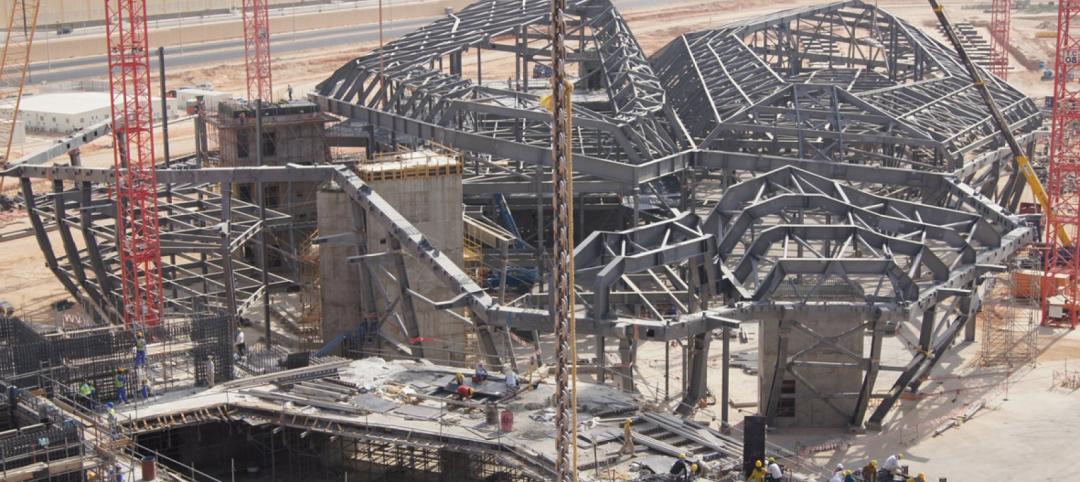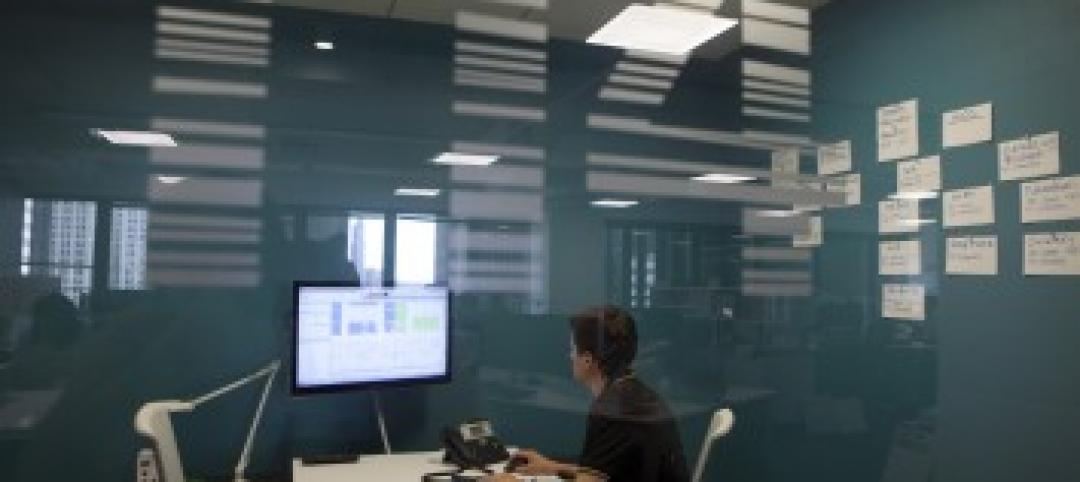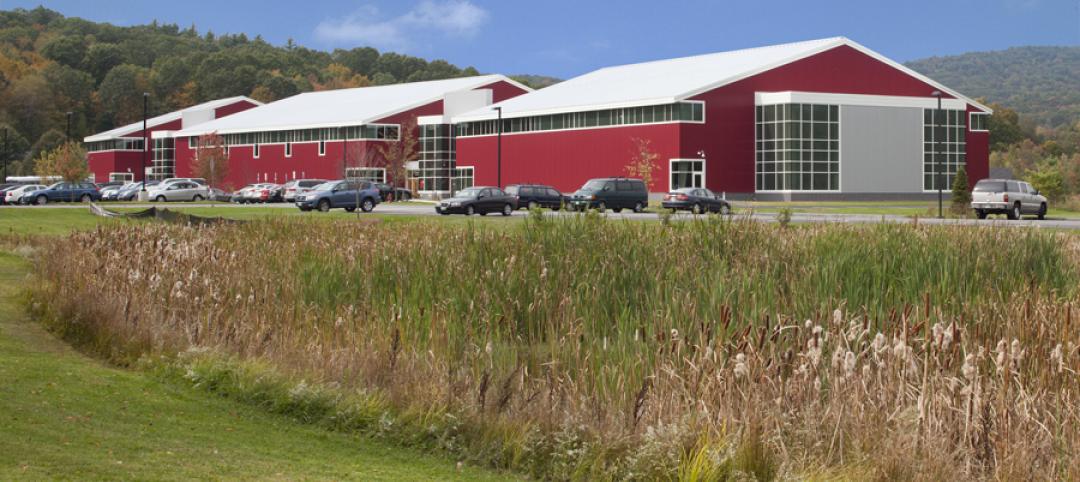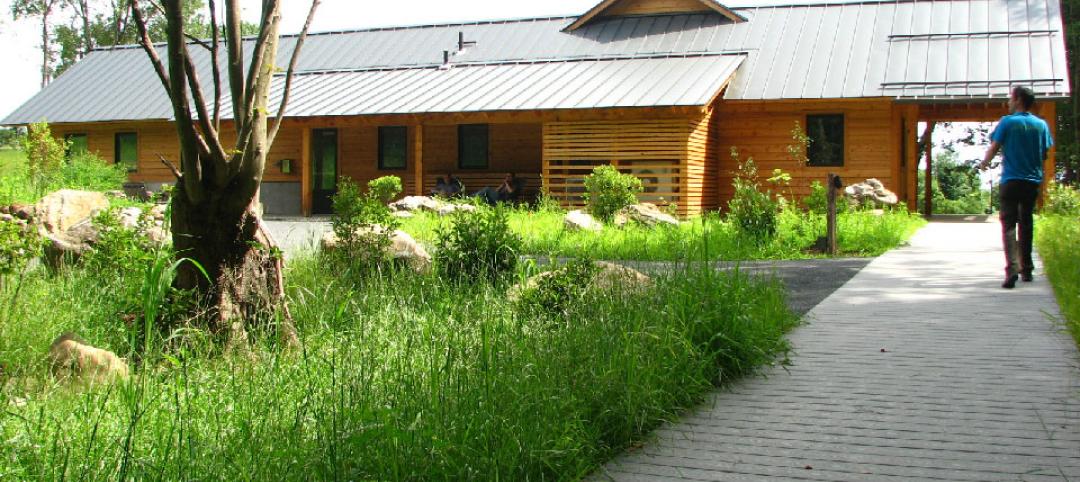The engineering firm Thornton Tomasetti announced this week that it is expanding into Canada with the opening of an office in Toronto.
Thornton Tomasetti already has a working relationship with the nation. The firm has worked with Canadian architects, designers, and consultants on more than 50 projects over the last 30 years. Current projects include structural design and façade optimization analysis for Edmonton’s Rogers Place, a new 1.4 million-sf arena for the NHL’s Edmonton Oilers, and structural design for the expansion of Toronto’s BMO Field.
“Expanding into Canada is a key strategic initiative of our five-year plan,” Thomas Z. Scarangello, P.E., Chairman and CEO of Thornton Tomasetti, said in a statement. “As we look to grow our business, Canada is a natural fit. We have considerable project experience there and an extensive client base. It is also a market in which our services are recognized and valued. We look forward to bringing the centers of excellence of our 10 practices to Canada.”
The Toronto office will be managed by Associate Principal Chris Minerva, who last ran the Toronto office of MMM Group. Thornton Tomasetti has 38 offices across the globe in places like Brazil, Vietnam, the United Kingdom, and China, and it has 22 offices and its New York headquarters in the United States.
Related Stories
| Feb 7, 2014
DOE, Autodesk team to overhaul the EnergyPlus simulation program
The update will allow a larger ecosystem of developers to contribute updates to the code in order to improve performance and decrease the time required to run energy model simulations.
| Feb 7, 2014
Bernards announces executive leadership realignment
Changes reflect long-term growth plans as builder enters its fifth decade.
| Feb 7, 2014
Zaha Hadid's 'white crystal' petroleum research center taking shape in the desert [slideshow]
Like a crystalline form still in the state of expansion, the King Abdullah Petroleum Studies and Research Center will rise from the desert in dramatic fashion, with a network of bright-white, six-sided cells combining to form an angular, shell-like façade.
| Feb 6, 2014
End of the open workplace?
If you’ve been following news about workplace design in the popular media, you might believe that the open workplace has run its course. While there’s no shortage of bad open-plan workplaces, there are two big flaws with the now common claim that openness is bad.
| Feb 6, 2014
New Hampshire metal building awes visitors
Visitors to the Keene Family YMCA in New Hampshire are often surprised by what they encounter. Liz Coppola calls it the “wow factor.” “Literally, there’s jaw dropping,” says Coppola, director of financial and program development for the Keene Family YMCA.
| Feb 5, 2014
M&A activity down in 2013 among architecture, engineering firms: Report
In 2013, consultant Morrissey Goodale observed 168 sales of U.S.-based architecture and engineering (“A/E”) firms – down nearly 7% from the record 180 sales of U.S.-based A/E firms in 2012.
| Feb 5, 2014
BIA Opens Entries for 25th Annual Brick in Architecture Awards
Entries open on February 10 for the Brick Industry Association's (BIA) Brick in Architecture Awards. Celebrating its silver anniversary, BIA's annual honors spotlight outstanding, innovative and sustainable architecture that incorporates clay brick products as the predominant exterior building or paving material.
| Feb 5, 2014
Multifamily Housing, Green Building, Market Trends, Innovation to be Prime Topics at MBI’s World of Modular
More than 600 developers, contractors, architects, builders, dealers and equipment/service suppliers are expected at the event, slated for March 21-24 in San Antonio, Texas, and hosted by the Modular Building Institute.
| Feb 5, 2014
7 towers that define the 'skinny skyscraper' boom [slideshow]
Recent advancements in structural design, combined with the loosening of density and zoning requirements, has opened the door for the so-called "superslim skyscraper."
| Feb 4, 2014
World's fifth 'living building' certified at Smith College [slideshow]
The Bechtel Environmental Classroom utilizes solar power, composting toilets, and an energy recovery system, among other sustainable strategies, to meet the rigorous performance requirements of the Living Building Challenge.



